POLE DANCE POLE: WHICH MATERIAL SHOULD YOU CHOOSE?
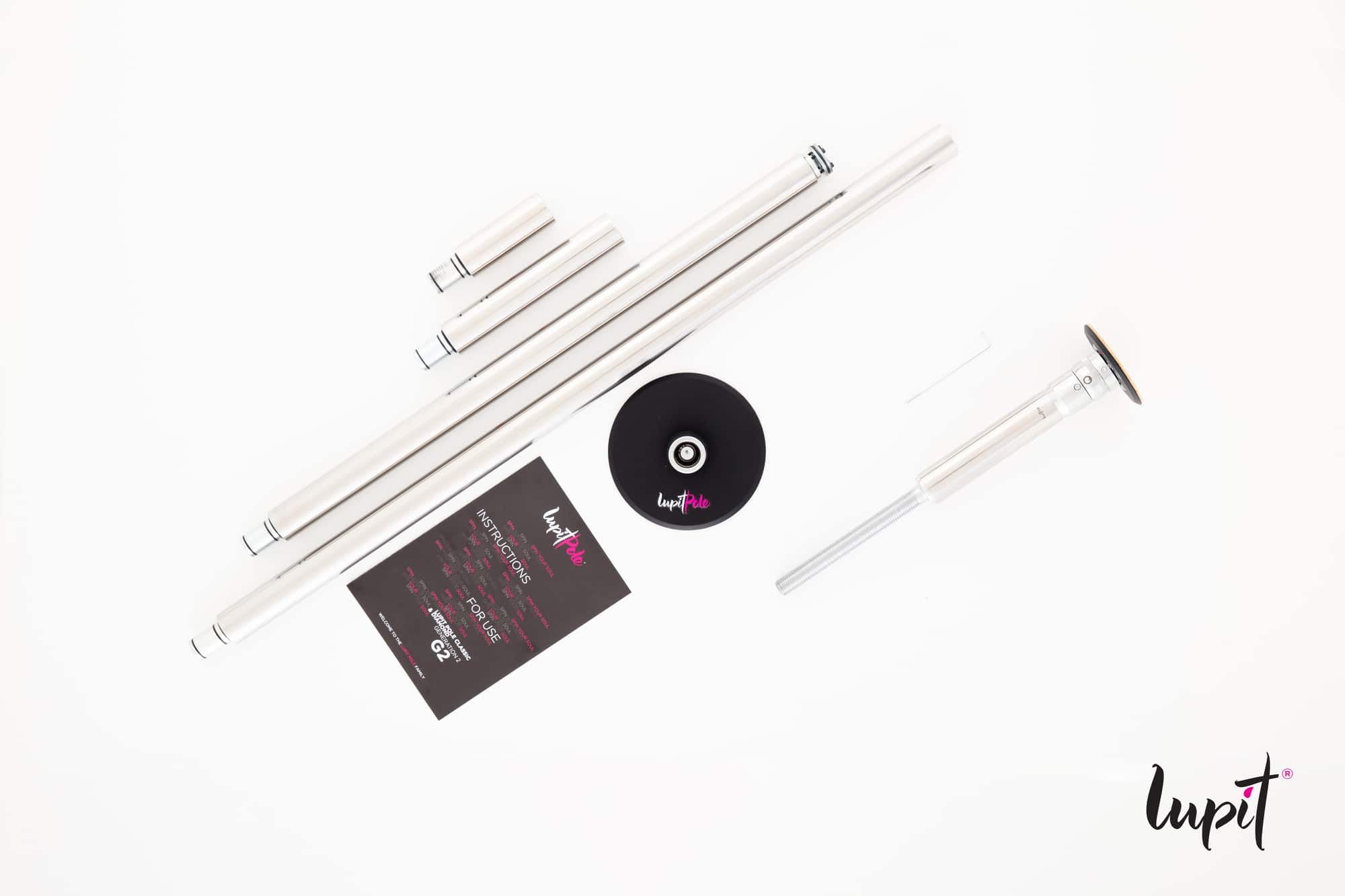
Shopping for your first home pole, it can feel overwhelming - type, diameter, brand (which we cover here and here), and then the finish. Chrome, stainless steel, powder coated… what does it all mean? Don’t worry, we’ve got you covered!
CHROME (CHROMED STEEL)

👉 The standard, classic finish. Chrome is widely used at home, in studios, and in competitions.
→ Pros:
- Affordable price
- Classic grip, suitable for all uses and levels
→ Cons:
- Contains nickel (watch out if you’re allergic)
- Can be slippery when cold → you’ll need to warm it up with a few spins
- Tends to wear out slightly faster than stainless steel
NB: Lupit Pole’s chrome poles are nickel-free, making them hypoallergenic!
STAINLESS STEEL

👉 With a grip and look similar to chrome but hypoallergenic, stainless steel is the main alternative. You’ll often find it in studios.
→ Pros:
- No nickel allergies (unlike most chrome poles)
- More durable than chrome
→ Cons:
- Higher price point
- Can feel a bit more slippery than chrome for beginners
BRASS

👉 A love-it-or-hate-it material! Completely different from chrome or stainless steel, brass is ideal for hot and humid climates. It also has a golden finish.
→ Pros:
- Hypoallergenic
- Better grip than titanium gold
- Excellent grip in warm/humid environments
→ Cons:
- Slippery at first → you need to “break it in”
- Less suitable for cold/dry environments, slippery if not warmed up properly
- Higher price
- Requires specific care (brass tends to tarnish over time, reducing grip)
TITANIUM GOLD

👉 Very popular in the early days of pole dance, titanium gold is essentially a chrome pole with a golden look and slightly better grip (thanks to an electrolytic treatment).
→ Pros:
- Good grip, suitable for all practices
→ Cons:
- Contains nickel (possible allergies)
- Golden finish wears off over time, revealing the chrome underneath
- More expensive than standard chrome
POWDER COATED

👉 “Powder coated” poles are covered with a colored finish baked onto the steel at high temperatures. They provide extra grip and are especially loved by those who struggle with more traditional finishes.
→ Pros:
- Superior grip → great for learning tricky moves or for those with grip issues
- Less cold to the touch (more comfortable at the start of training)
- Available in several colors
- Affordable price
→ Cons:
- Not ideal for drops or spins on static → can cause skin burns
- The extra grip means less grip/strength training for your hands (you might nail a move on powder coated, but not on chrome… not ideal for competition prep)
SILICONE
![]()
👉 “Silicone poles” are steel poles coated with a silicone sleeve. Perfect for training with clothes on, they’re often used for performances or flying pole.
→ Pros:
- Maximum grip
- Great for practicing dressed or for acro pole (similar to Chinese pole in circus arts)
→ Cons:
- Not suitable for standard pole practice (drops, spins on static, etc.)
- Training in classic polewear on silicone can cause burns
- More expensive than regular chrome poles
NB: Be mindful of your outfit choice to avoid the feeling of slipping in your clothes!
GECKOGRIP™
👉 This finish is only offered by The Pole Italy (AGM). Similar to powder coated, GeckoGrip™ is especially popular with dancers who struggle with grip. It’s made with a unique plastic micro-formulation.
→ Pros:
- Two colors available: shiny black or shiny white
- Nickel-free
- Exceptional grip thanks to its micro-texture → reduces fatigue in adductors and thumb tendons
- Designed to wear down in a controlled way for added safety
→ Cons:
- Higher price
- Like powder coated, it trains less grip strength
👉 We hope this guide helped shed some light on the different pole finishes! Now, all that’s left is for you to decide which one suits you best. (Our advice: If you’re still unsure, we recommend trying out a few different poles at nearby studios.)
And if you have any other questions we haven’t answered yet, feel free to reach out to us on Instagram (@polefactorymc) or by email through our contact form — we’ll be happy to help!
See you soon! ☽

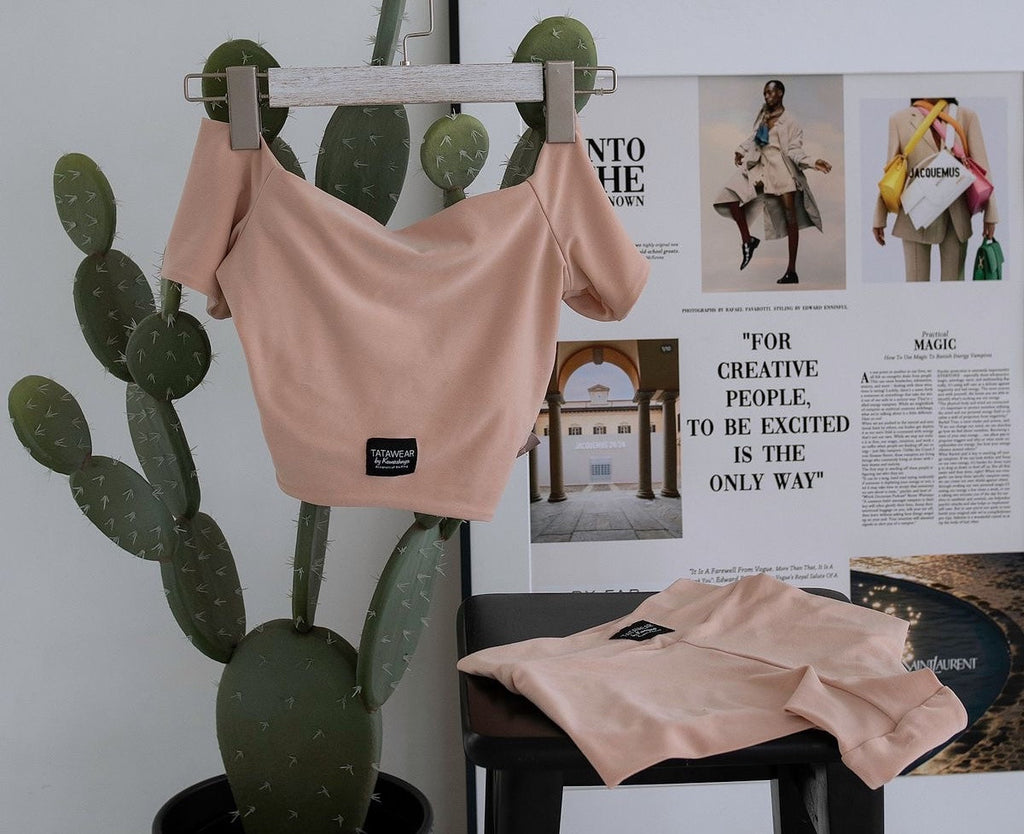

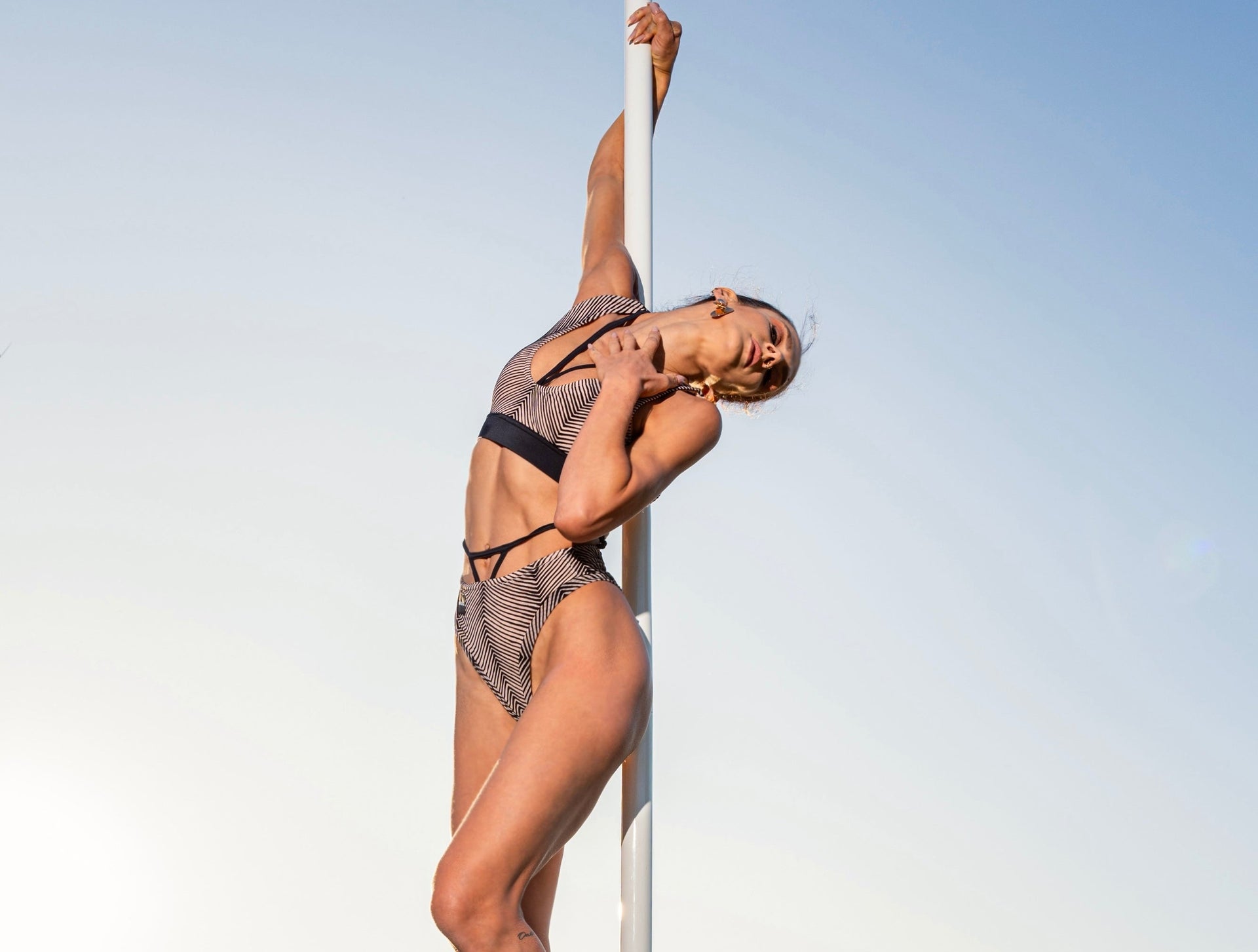
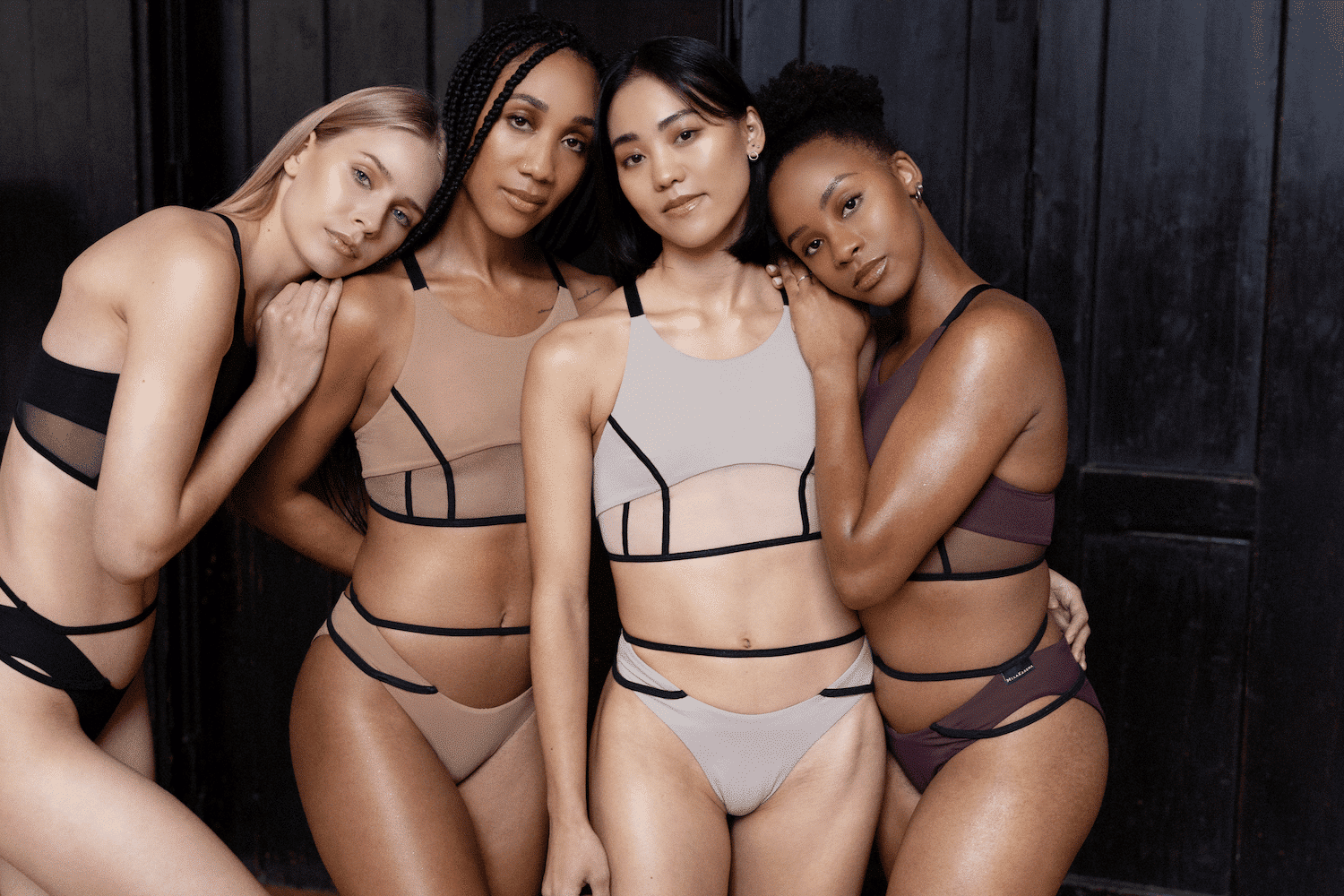

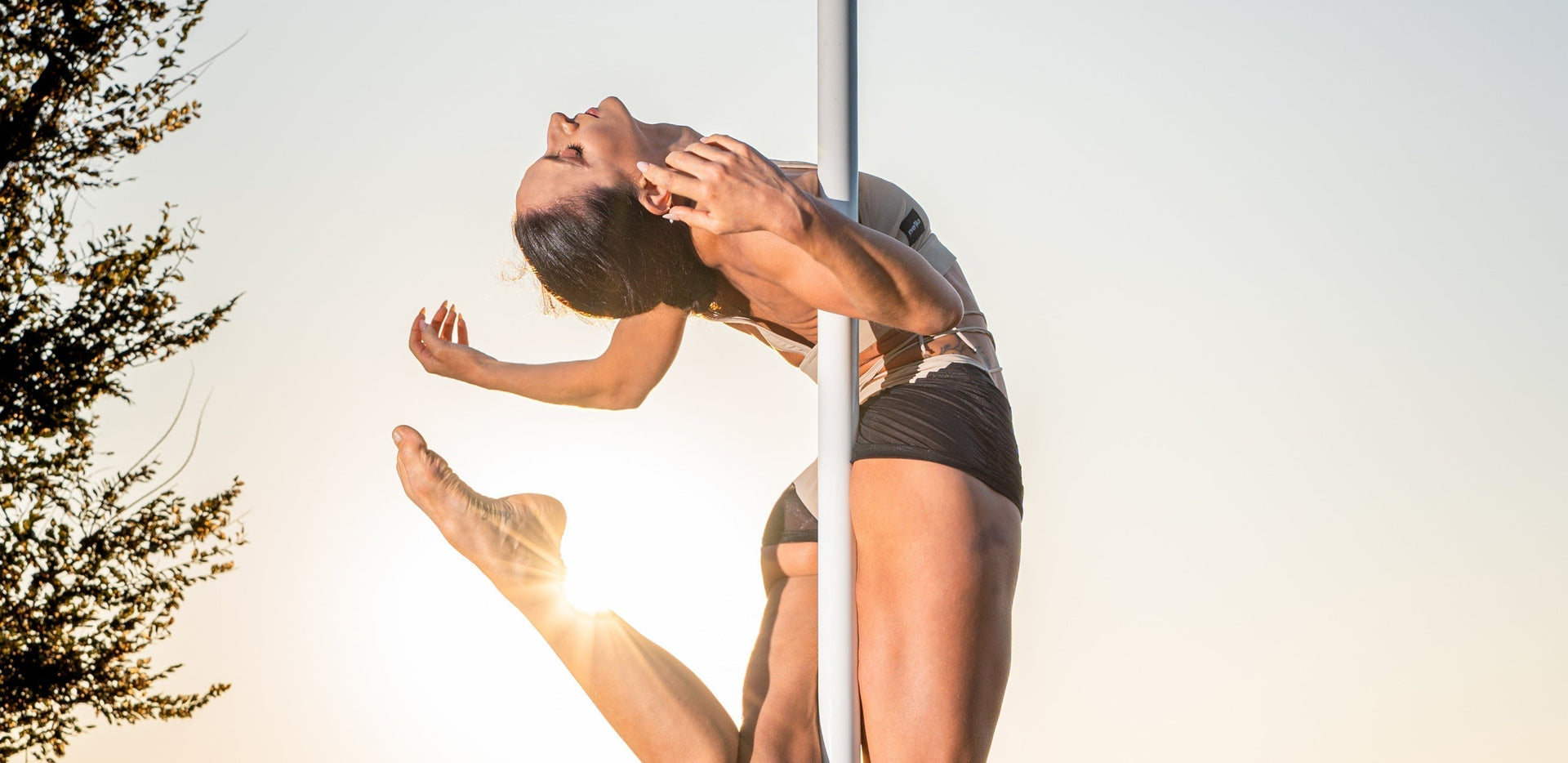
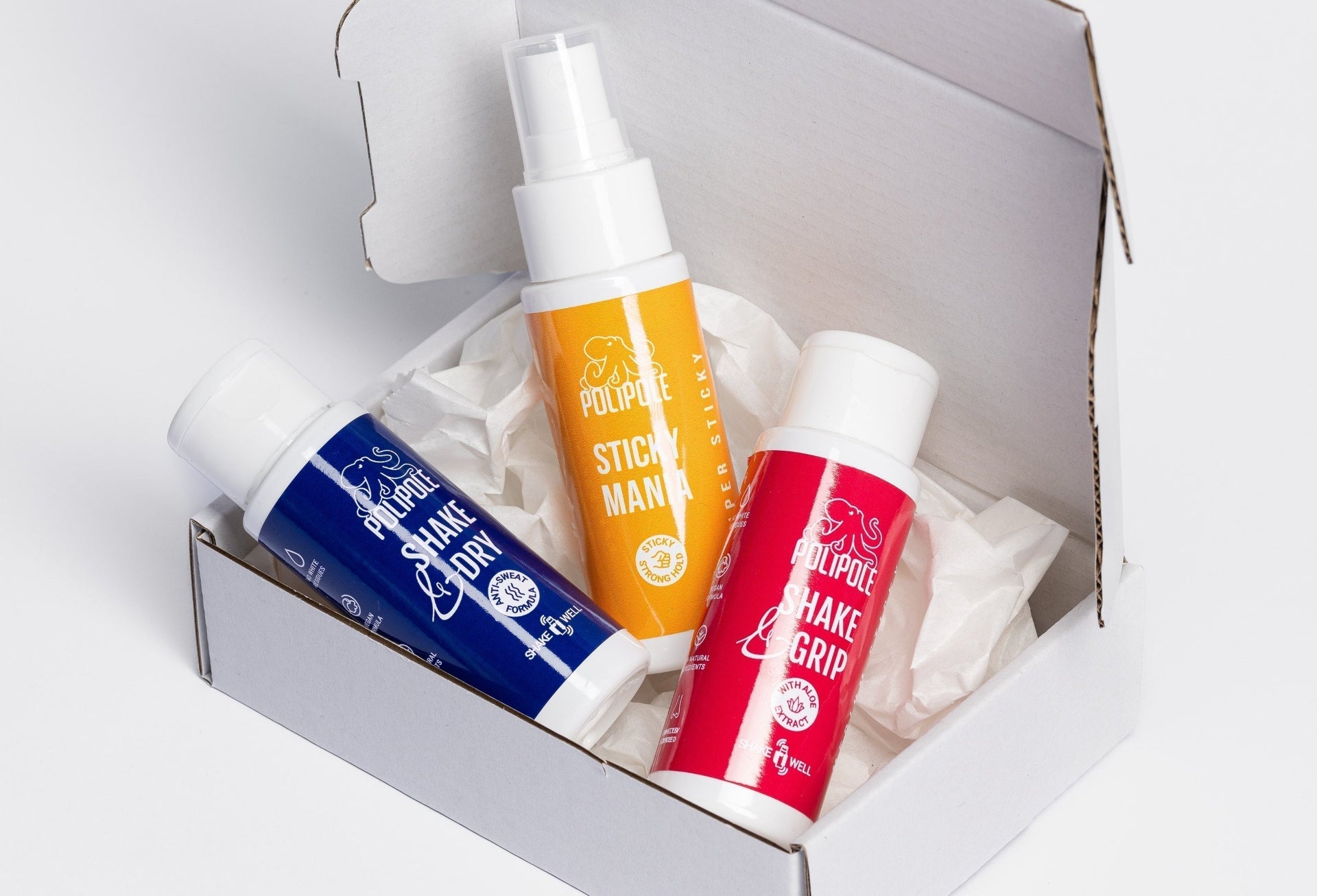
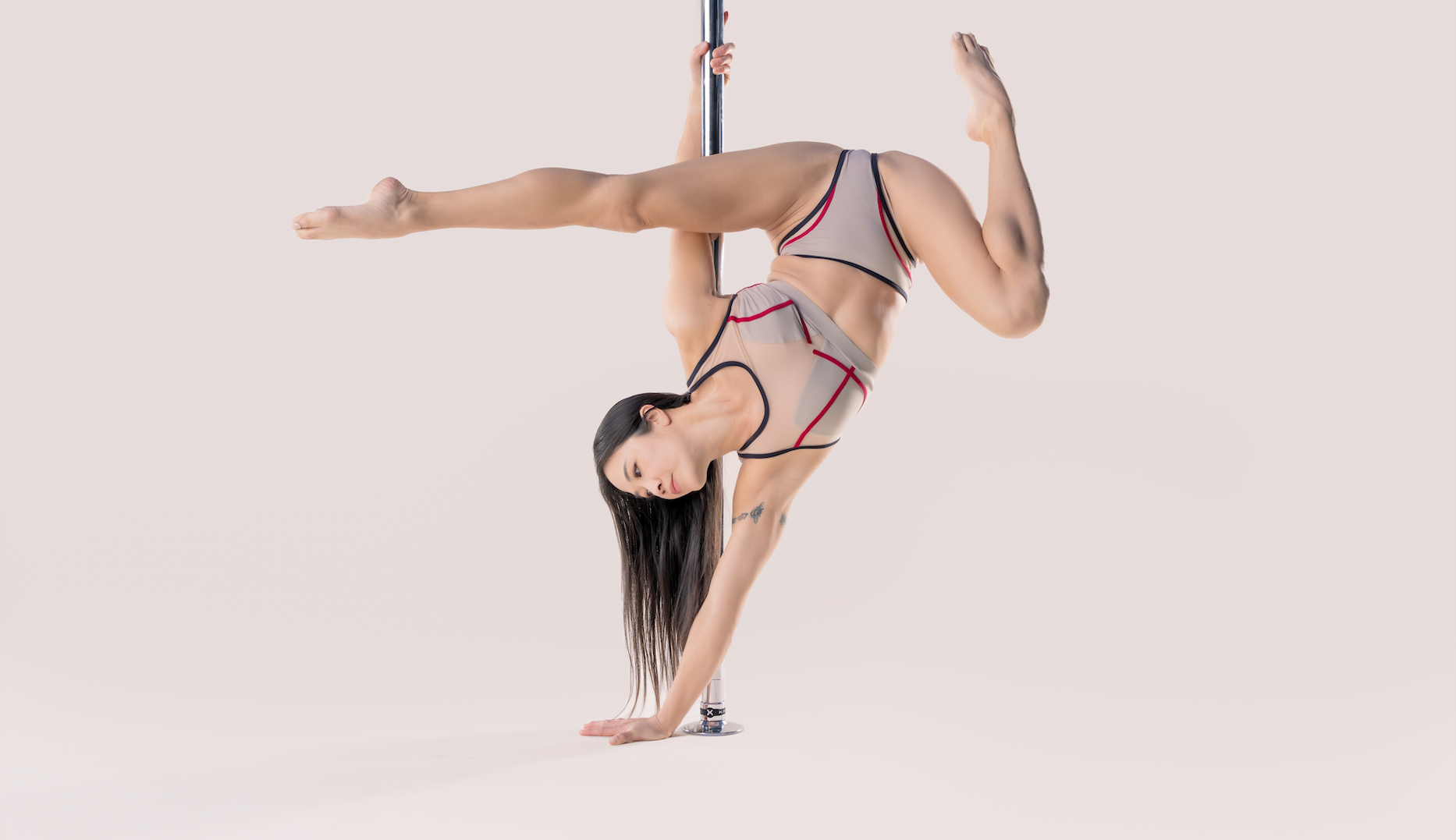
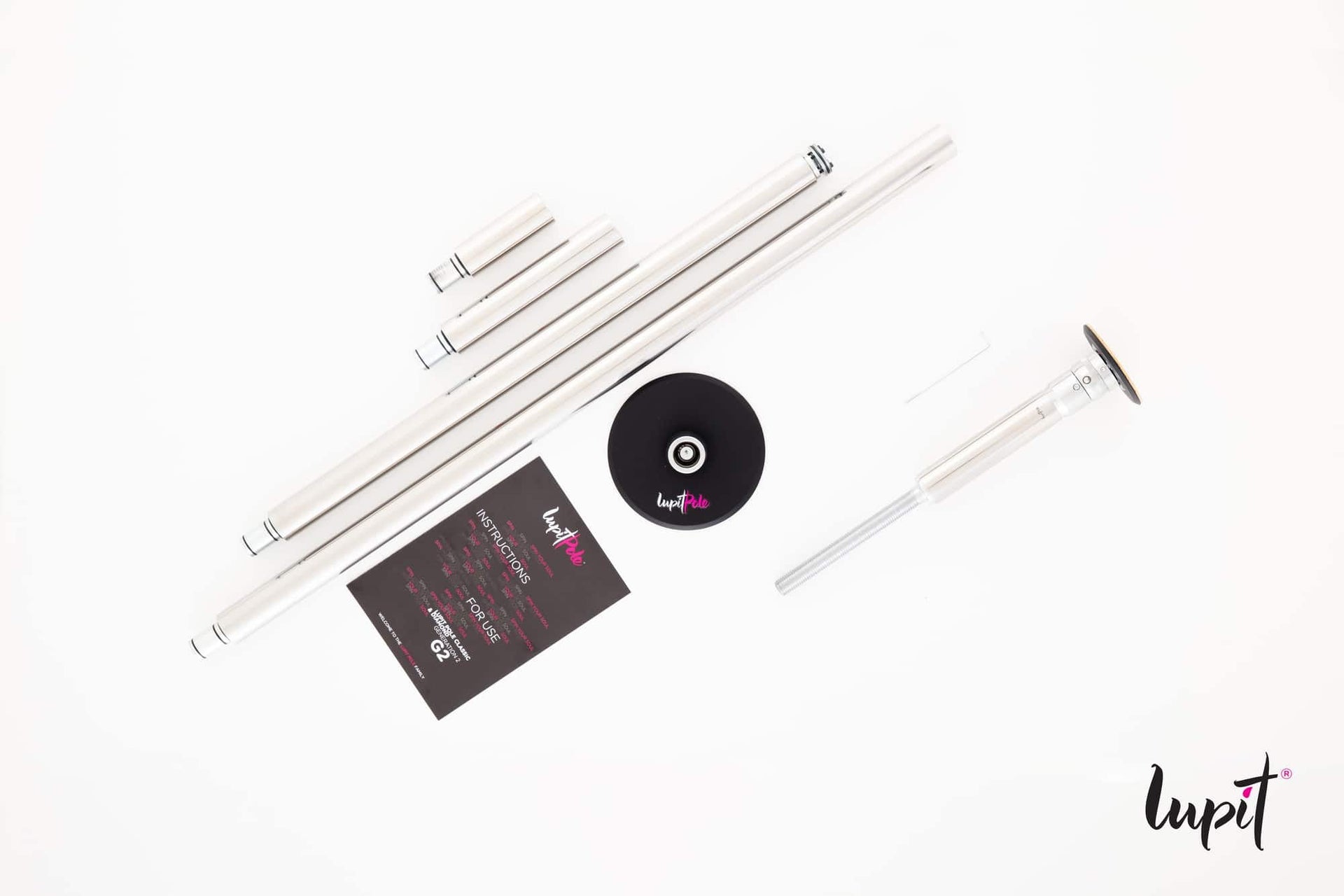

Leave a comment
All comments are moderated before being published.